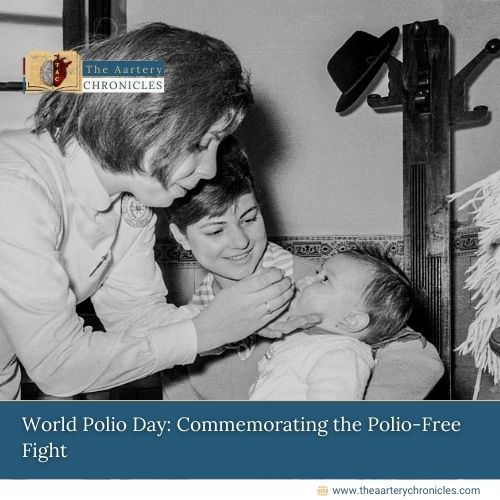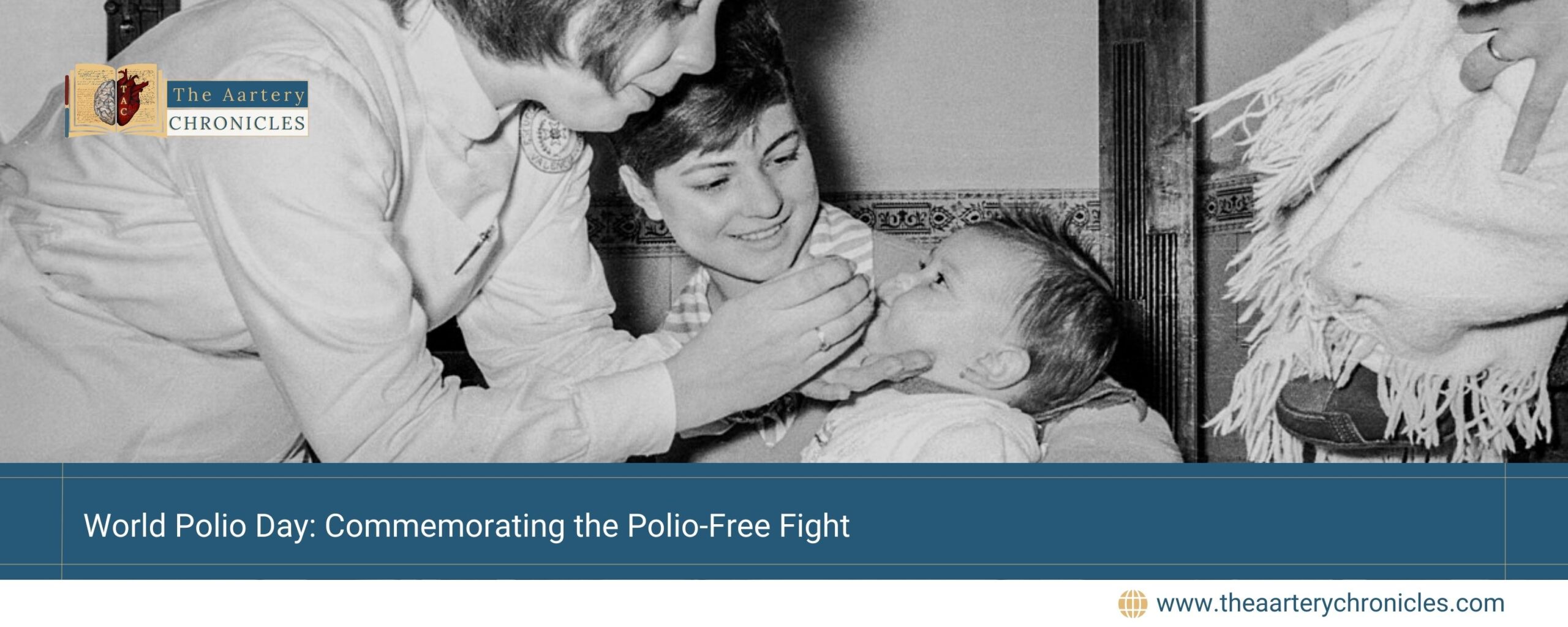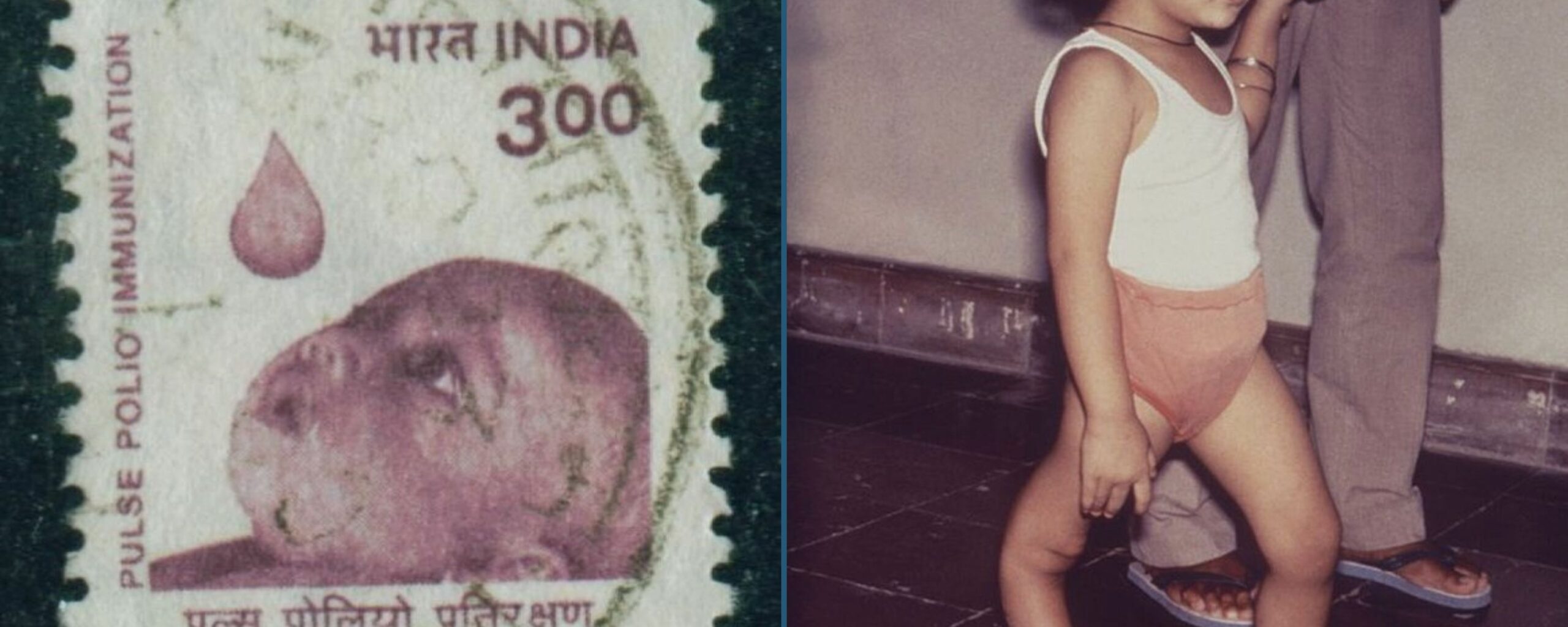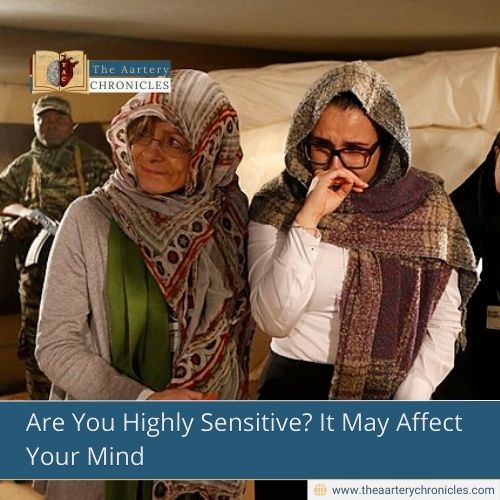

World Polio Day: Commemorating the Polio-Free Fight
Introduction
World Polio Day is observed on October 24th to raise global awareness and reinforce efforts to eliminate polio. This day highlights the importance of vaccination and ongoing campaigns to fight the viral disease, which can lead to paralysis and death, especially in children under five.
Extensive vaccination campaigns have largely controlled polio, once a widespread global threat. On Polio Day 2024, let us reaffirm our dedication to ensuring all children have access to lifesaving vaccines. By prioritizing immunization against polio and other preventable diseases, we can build a healthier and more resilient world for future generations. However, the fight is not over. Polio remains endemic in parts of the world, and continuous vaccination is critical to eradicating the disease.
What is polio? An Overview
Polio, also referred to as poliomyelitis, is a highly contagious viral disease caused by the poliovirus. Although it has been largely eradicated due to widespread vaccination efforts, polio remains a serious threat in certain regions like Pakistan and Afghanistan. It spreads through contact with infected feces or respiratory secretions and primarily affects children under five. While most cases are asymptomatic or mild, in rare instances, the virus attacks the nervous system, leading to paralysis or death. Continued vaccination efforts are crucial to eliminate polio globally.
Cause and Transmission of Polio
Polio is caused by the poliovirus, which is primarily spread through contact with contaminated feces or respiratory droplets, such as saliva or mucus. Even asymptomatic individuals can transmit the virus, making it highly contagious. After entering the body through the mouth or nose, the virus multiplies in the intestines. In rare cases, it can invade the nervous system and cause paralysis.
Symptoms and Complications
Most individuals infected with the poliovirus (up to 70%) either remain asymptomatic or experience mild, flu-like symptoms. However, one in every 200 infections results in irreversible paralysis, typically affecting the legs. The severity of paralysis can vary, affecting the limbs, diaphragm, or other vital muscles. Among individuals who become paralyzed, 5% to 10% may die if their respiratory muscles are compromised.
Types of Polioviruses
Three strains of poliovirus have caused paralysis: wild poliovirus type 1 (WPV1), WPV2, and WPV3. Wild poliovirus type 2 (WPV2) was officially eradicated in 1999, followed by the eradication of wild poliovirus type 3 (WPV3) in 2020. As of 2023, only WPV1 remains endemic, persisting in two countries: Pakistan and Afghanistan.
History and Timeline of World Polio Day
History of World Polio Day
Humans have been affected by poliovirus for thousands of years, with evidence such as an Egyptian artifact from around 1400 B.C. showing a person with a limb deformity resembling polio. Throughout most of the 1800s, polio seemed to be a relatively rare disease. However, as diseases like diphtheria, typhoid, and tuberculosis began to decline in the early 1900s, polio surged to pandemic levels in countries with higher living standards. Researchers suggest that improved hygiene practices contributed to the rise in polio cases.
A hypothesis suggests that in the past, children were unintentionally exposed to polio through contaminated water supplies. If maternal antibodies were still present in a baby’s blood, their immune system could rapidly fight off the poliovirus, leading to long-term immunity. However, with improved sanitation, exposure to polio was delayed until children were older and no longer had maternal protection, making them more susceptible to the severe form of the disease.
World Polio Day Timeline
Here is a timeline highlighting key events related to World Polio Day and the fight against polio:
- 1955: Dr. Jonas Salk developed the first effective polio vaccine, marking a significant advancement in the fight against the disease.
- 1962: Dr. Albert Sabin introduced the oral polio vaccine (OPV), which was easier to administer and helped improve vaccination coverage.
- 1988: World leaders launched the Global Polio Eradication Initiative (GPEI), aiming to eradicate polio worldwide through vaccination and awareness efforts.
- 1994: The Western Hemisphere was declared polio-free following extensive vaccination campaigns.
- 2002: World Polio Day was established on October 24 to raise awareness about the ongoing fight against polio and to commemorate the birthday of Dr. Jonas Salk.
- 2013: The global vaccine action plan was adopted at the World Health Assembly, emphasizing the importance of vaccination in eliminating polio and other diseases.
- 2018: The African region was declared free from wild poliovirus transmission for the second consecutive year, although cases still existed in other regions.
- 2020: The World Health Organization (WHO) announced the eradication of wild poliovirus type 3 (WPV3), leaving only wild poliovirus type 1 (WPV1) in circulation.
- 2023: Despite significant progress, wild poliovirus type 1 remained endemic in Afghanistan and Pakistan, highlighting ongoing challenges in achieving complete eradication.

Benefits of the Polio Vaccine for Children
As we commemorate this day, it’s important to emphasize the benefits of the polio vaccine for every child, as outlined below:
- Prevention of Paralysis: Polio vaccination protects individuals from the severe effects of the virus, including irreversible paralysis, particularly in the legs.
- Herd Immunity: Widespread vaccination helps protect entire communities by reducing the spread of the virus, including those who may not be able to get vaccinated, such as infants or individuals with certain health conditions.
- Global Eradication: By vaccinating against polio, individuals contribute to the global effort to eradicate the disease, reducing its presence worldwide and preventing future outbreaks.
- Long-Term Immunity: Polio vaccines provide lasting immunity, ensuring that individuals are protected from the virus throughout their lives, reducing the risk of contracting and spreading the disease.
- Cost–effective intervention: Polio vaccination is a highly cost-effective public health measure. The expenses involved in treating polio and managing its complications are significantly higher than the cost of vaccination programs. By investing in vaccines, we not only save lives but also lower healthcare costs and promote economic growth.
How to Observe World Polio Day?
Observing World Polio Day can involve various activities aimed at raising awareness and promoting the global effort to eradicate polio. Here are some effective ways to participate:
Educate yourself and others
- Research Polio: Learn about polio, its effects, and the history of its eradication efforts. Familiarize yourself with the current status of polio globally.
- Share Knowledge: Discuss what you’ve learned with friends, family, and colleagues to increase awareness about the importance of vaccination and ongoing efforts to eliminate polio.
Engage on social media
- Use hashtags: Share posts using hashtags like #EndPolio, #WorldPolioDay, or #PolioEradication to join the global conversation.
- Post Informative Content: Share articles, infographics, or personal stories related to polio, vaccination, and eradication efforts on your social media platforms.
Support vaccination initiatives
- Volunteer: Offer your time to local health organizations that conduct vaccination campaigns or educational outreach.
- Donate: Contribute to organizations like Rotary International, UNICEF, or the World Health Organization, which are involved in polio eradication efforts.
- Vaccinate your children: If you have not done so yet, consider vaccinating your children against polio. Since there are asymptomatic carriers of the poliovirus who can still transmit the disease, it is essential to protect everyone by ensuring that every child is vaccinated.
Organize community events
- Host a Fundraiser: Organize a fundraising event, such as a run or a walk, to raise money for polio eradication efforts.
- Educational Programs: Collaborate with schools to create educational programs or projects focused on the history and impact of polio, as well as the importance of vaccination.
Conclusion
The eradication of polio is not just a public health goal; it is a testament to what can be achieved when nations work together for a common purpose. As we observe this day, let us recommit ourselves to the fight against polio, ensuring that every child has access to vaccination and a healthy future. By raising awareness, advocating for immunization, and supporting ongoing efforts, we can move closer to a polio-free world.









